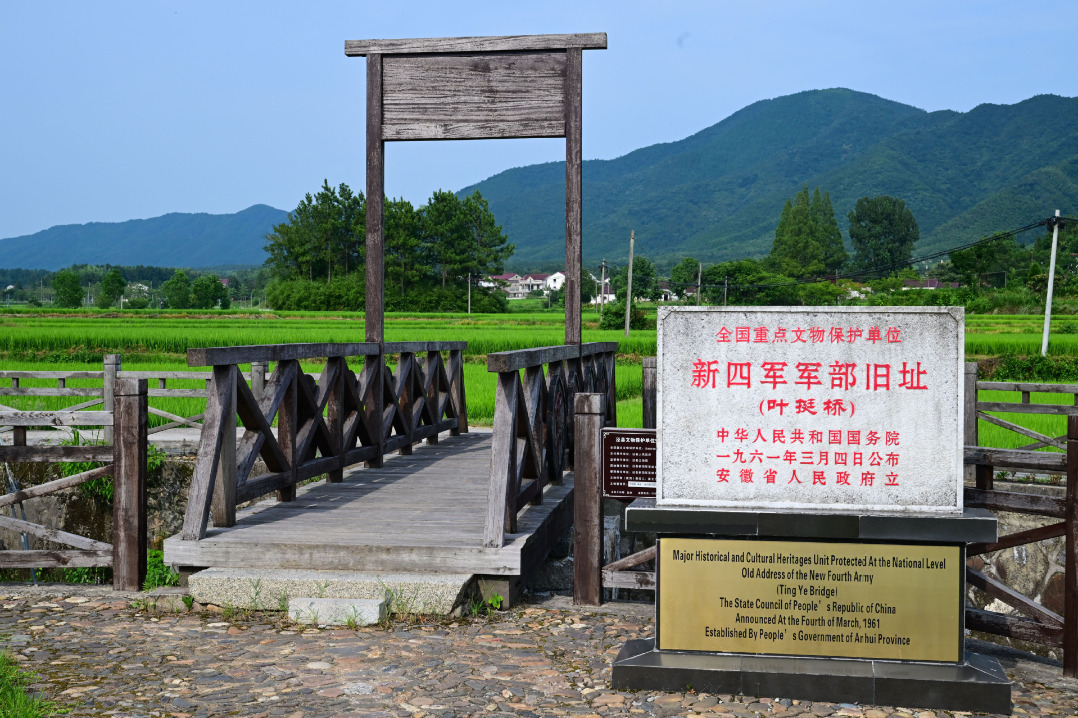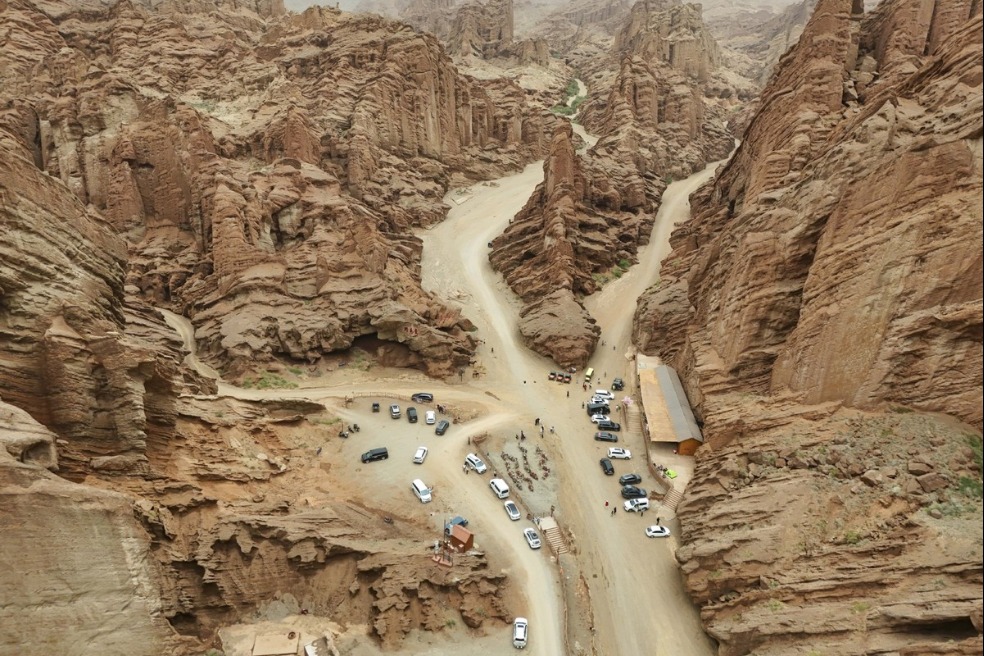Efforts to ensure conservation won't affect people, businesses
Second review of draft National Park Law requires more necessary measures


China plans to bolster support for national parks in an effort to balance conservation and development, according to a draft law presented to the country's top legislative body on Saturday.
The draft National Park Law, undergoing a second review by the Standing Committee of the National People's Congress, calls for measures to address the impact of conservation efforts on local residents and businesses. It also mandates assessments and solutions during the early stages of establishing national parks, according to the draft.
Wang Xiang, spokesman for the Legislative Affairs Commission of the NPC Standing Committee, said the initial draft, submitted in September, considered how ecological conservation could affect local livelihoods. Provisions included allowing necessary production activities within national parks and ensuring proper resettlement for relocated residents.
Additional measures in the first draft supported local residents in providing ecological products and services, prioritizing their employment as conservation officers. Local governments were also tasked with compensating for wildlife damage within park areas.
Building on these measures, the second draft requires provincial governments to assess and address the impact of park creation on residents and businesses during preliminary planning.
China began piloting its national park system in 2015, establishing its first five parks in October 2021. These include Sanjiangyuan (Three-River-Source) National Park in Qinghai province, Giant Panda National Park spanning Sichuan, Shaanxi and Gansu provinces, and Northeast China Tiger and Leopard National Park in Jilin and Heilongjiang provinces. Other parks include the Hainan Tropical Rainforest National Park and Wuyishan National Park in Jiangxi and Fujian provinces.
By the end of 2022, authorities selected 49 additional candidate areas as part of the "National Park Spatial Layout Plan," aiming to create the world's largest national park system by 2035, according to the National Forestry and Grassland Administration.
Significant achievements have been made in ecological restoration and the protection of flora and fauna within the national parks. For example, the populations of tigers and leopards in the Northeast China Tiger and Leopard National Park have grown from the initial 27 and 42 at the pilot stage to around 70 and 80, respectively, said Zhang Liming, director of the National Forestry and Grassland Administration's nature reserve department, earlier this year in a news conference.
"By protecting the flagship species, the giant panda in the national park area, an 'umbrella effect' has been generated. Over 8,000 rare companion animal and plant species such as the golden snub-nosed monkey, snow leopard and Chinese fir have been well protected," said Chen Zongqian, deputy director of the Sichuan Forestry and Grassland Bureau.
The second draft states that the National Park Law is established "in accordance with the Constitution" to implement the constitutional requirements for ecological civilization construction and the protection and improvement of the ecological environment.
"Ecological protection does not mean foregoing development; exploring sustainable utilization, guiding public participation and sharing the benefits of protection is also crucial," said Ouyang Zhiyun, a researcher at the Research Center for Eco-Environmental Sciences of the Chinese Academy of Sciences and the director of the National Park Research Institute, in an interview with CCTV.
The draft also proposes strengthening the overall coordination of national park construction, encouraging the national park supervisory department to coordinate with provincial governments regarding legislation and management.
It addresses the relationship between national parks and existing nature reserves, suggesting that parts of existing nature reserves that are not included in national parks can be retained, integrated, or revoked.
Furthermore, the draft suggests further enhancing support and guarantees for national park construction, including increasing professional talent development and granting legal protection to the national park emblem.
- National health body expands pediatric services to nearly all hospitals
- Premier announces construction of Yarlung Zangbo hydropower project
- A perfect summer retreat in Hainan's tropical rainforest
- International beer festival kicks off in Qingdao
- Naadam festival gets underway in Inner Mongolia
- Probe blames algal degradation for foul odor in tap water





































